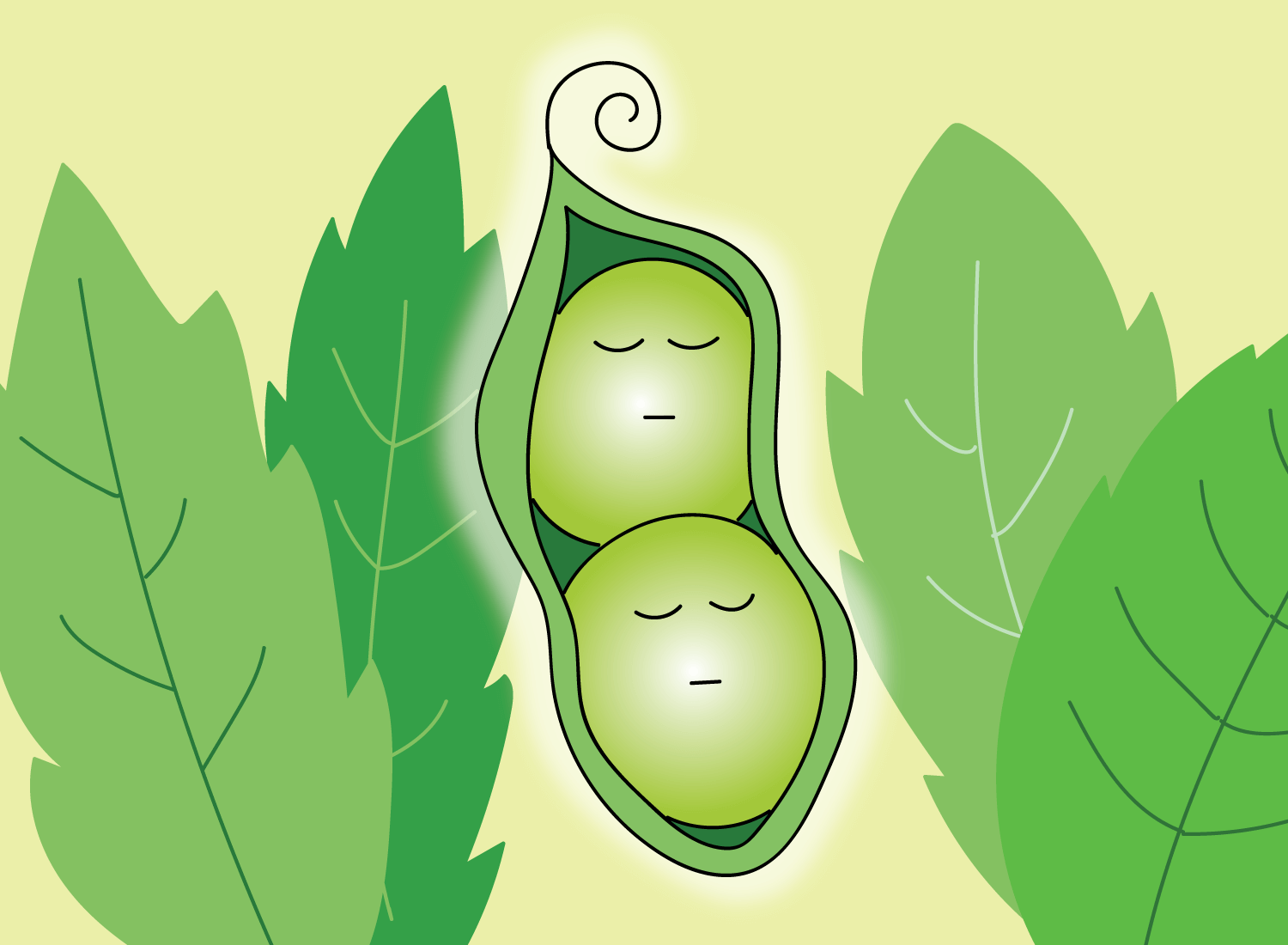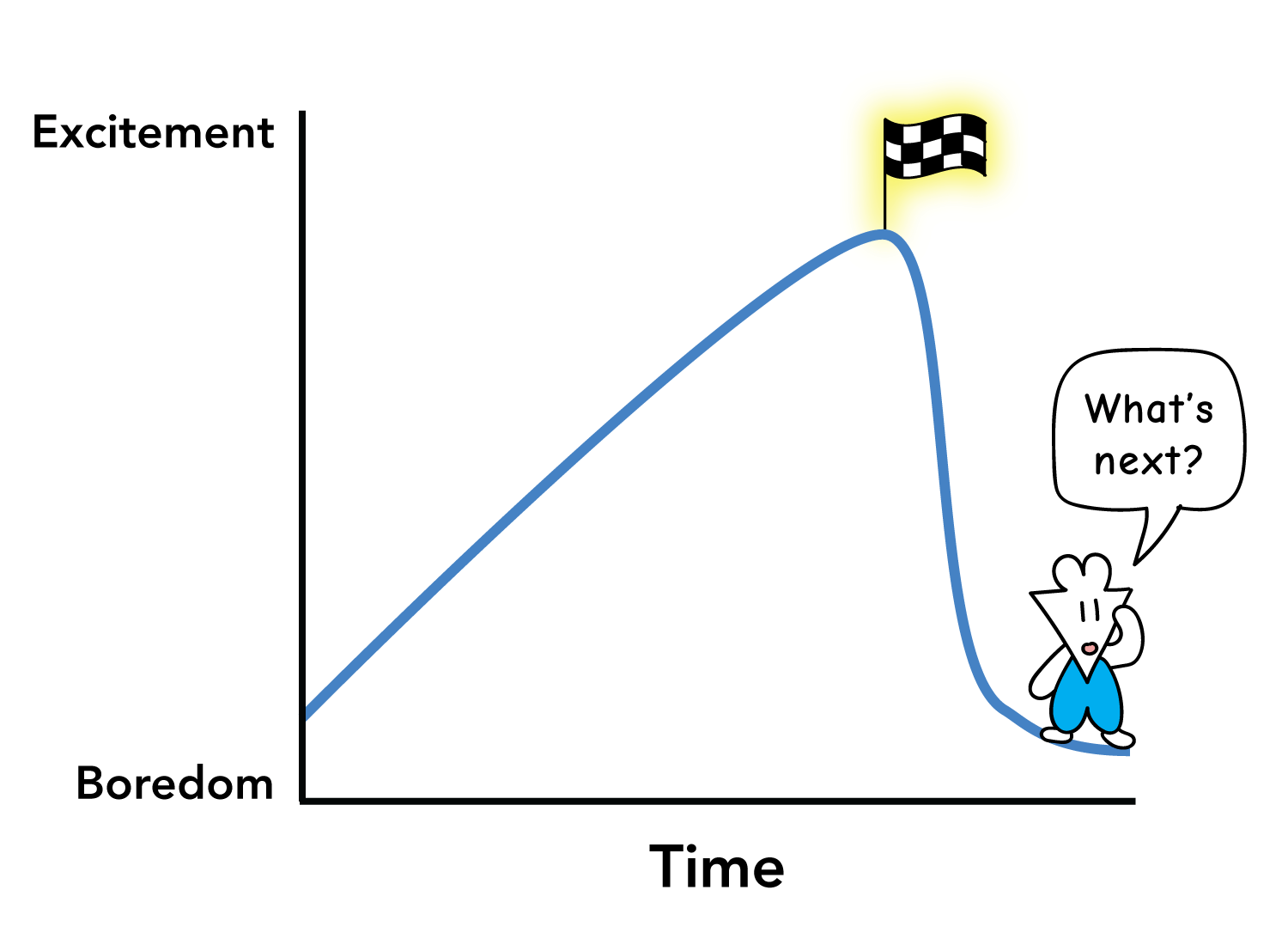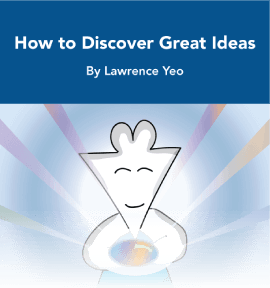The Riddle of Boredom
What is boredom?
That may seem like a silly question to ask, but that’s only because we have familiarized ourselves with its presence. If an alien asked you to define it, how would you explain it?
Perhaps one way to define it is the absence of mental stimulation. If there is no external stimulus provoking an internal response, then there is no movement in mind or body, and boredom ensues. With this definition, idleness and boredom appear to be two peas in a sleepy pod.
But this framing breaks down when you consider something like meditation.
Meditation assumes some level of stillness to have any real efficacy, so cultivating a climate of idleness is important. The reason why we seek out a quiet space or set aside time each day for the practice is because we want to set the conditions required for an undistracted mind.
But for a meditator, this lack of stimuli wouldn’t be interpreted as boredom. There may be the feeling of “nothingness,” but this void of sensation wouldn’t translate into the condition of being bored. In fact, it may be the opposite. It could be quite exhilarating to sit in silence with no real expectations, observing the patterns of your thoughts as they terminate in empty space.
Idleness doesn’t lead to boredom as long as that idleness is desired. Sitting alone and doing nothing may look really boring to an outsider, but for the person that finds meaning in that activity, it is anything but yawn-inducing.
Contrary to popular belief, boredom doesn’t have much to do with being idle. Instead, it has more to do with desire, and the inability to direct that desire toward anything meaningful.
Take the classic example of you waiting in a checkout line at the grocery store. It looks like there will be a few minutes before you get to the register, and since there’s nothing better to do, you take out your phone and start scrolling through social media. You don’t find anything too compelling, so after a minute or two, you put your phone back in your pocket and wait until you say hi to the cashier.
In that brief process, you can see how boredom manifests as a series of undirected desires. While waiting in line, you feel discontent with your present state, and long to change it. Desire emerges. However, you don’t know where exactly to point your desire to, so you direct it toward your shiny phone. But once you grab your phone, another desire appears, but this time in the form of finding something interesting. This is another undirected desire with no purpose, so boredom acts as the driving force behind your search.
Arthur Schopenhauer once described boredom as a “tame longing without any particular object.” That does a good job framing this notion of an undirected desire. It’s when you long for something better, without knowing what that “something better” might even be. As a result, you try to satisfy it with various distractions, but without any purposeful pursuit, the cycle of boredom continues.
This is why escaping boredom through binge watching Netflix or scrolling through Twitter feels empty afterward. Your engagement in those activities wasn’t grounded in intention, but rather from a mindless whim to satisfy a sense of longing. And once they’ve exhausted your attention, you look to the next thing to alleviate your restlessness, which introduces boredom once again.
The way we break this cycle is by directing our desires to something concrete. We discover a pursuit we find purposeful, and set goals or systems to create a sense of progress. Our desires now have somewhere to point to, and boredom no longer emerges because the mind is focused on its newfound path.
The problem with this, however, is what happens once that desire is realized.
Desire’s greatest trick is in convincing us that we will be satisfied after we fulfill it. This is a deception that we reliably fall for – over and over again.
“If I make x amount of dollars a year, I will be free.”
“Once I find a partner, I can be happy.”
“If I’m adored by certain people, I will feel validated.”
Directed desires give us a path to drive on, but once we reach the goalpost, a sense of aimlessness befalls us. We realize that the “promised land” is actually just a starting point for another journey, but oftentimes we’re unsure of what the next destination is.
In other words, we have yet another desire without direction, which means that boredom emerges once again.
In a way, boredom is inescapable. It acts as the impetus to action, but after that action is complete, it inevitably rears its head again. Avoiding it is largely a futile endeavor, as it is embedded deeply into the human condition.
Perhaps a better way to internalize boredom is to accept it, and to see it as something you have a relationship with. Trying to run away from it results in a desire for excitement, which paradoxically leads to more boredom because your threshold for excitement keeps increasing. Instead, if we acknowledge that even the best lives are punctuated with boredom, then we will understand how this slowdown in attention can be interpreted as a welcomed state of mind.
Bertrand Russell writes:
All great books contain boring portions, and all great lives have contained uninteresting stretches. . . .[A] quiet life is characteristic of great men, and . . . their pleasures have not been of the sort that would look exciting to the outward eye.
Funnily enough, the antidote to boredom is to actively seek it at various moments in your life. By giving yourself the space to do nothing, you cease looking outward for novel experiences, and look inward to uncover the meaning that can be found within the nuances of your mind.
_______________
_______________
Related Posts
If you can see reality for what it truly is, boredom has no room to surface:
Reality Is Never Strange. We Are.
Cultivate stillness by understanding the power of Fluid Thought:
Fluid Thought: The Art of Exploring Without Expecting
Gratitude for your everyday life is good way to break the cycle of boredom:





